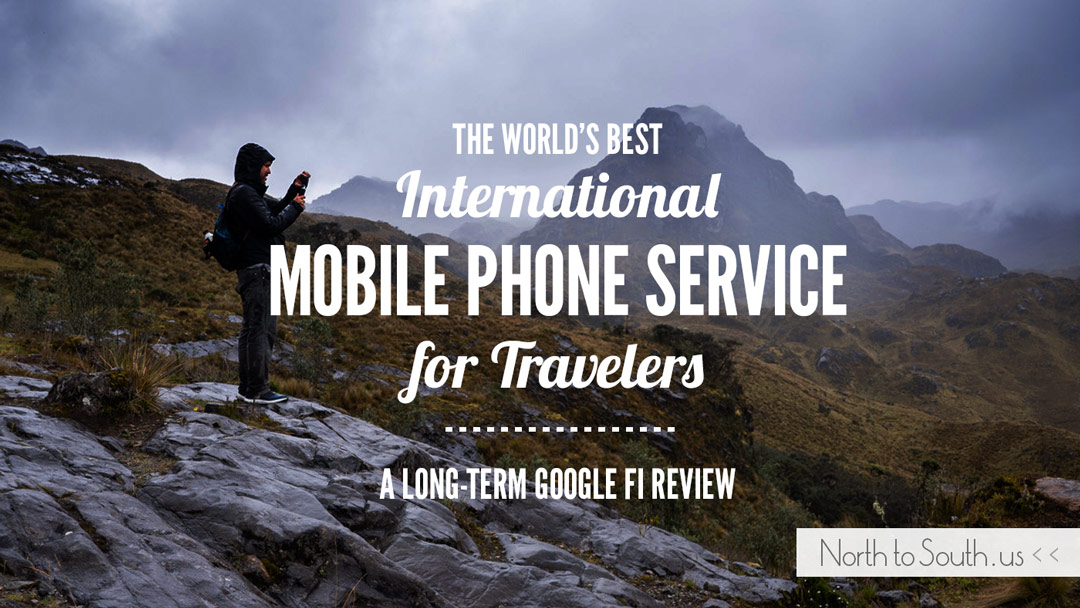
This is a review of our experience using Google Fi for an entire year, both at home in the USA and internationally in Canada, Guatemala, UK, Iceland, Spain, Andorra, Mexico and Ecuador.
The Problem
As full-time travelers, bloggers and photographers, finding mobile internet and cell phone coverage abroad is almost always a necessity, but also a common challenge.
Do we buy a pre-paid or pay-as-you-go SIM when we arrive at our international destination? Or should we buy an international SIM card ahead of time? Or maybe we should save some money and just try to find free Wi-Fi at coffee shops and airports? What if we need to use Google Maps navigation while driving a car in an unfamiliar country?

We’ve bought international SIM cards at times, but that’s a pain and time consuming; and having the foresight to download all the maps and information you need over WiFi before heading out for the day can be exhausting. And sometimes it’s just more convenient to immediately have the internet in your pocket, rather than having to look for a public Wi-Fi network.
The Solution
Thinking about being connected internationally was a pretty big stress factor for me when planning a trip abroad. (Not so much for Diana, who rarely even knows where her phone is half the time and enjoys getting lost.) About a year ago, I finally decided to try out Google Fi (formerly known as Project Fi) to hopefully remove the uncertainty factor of being connected when we travel.
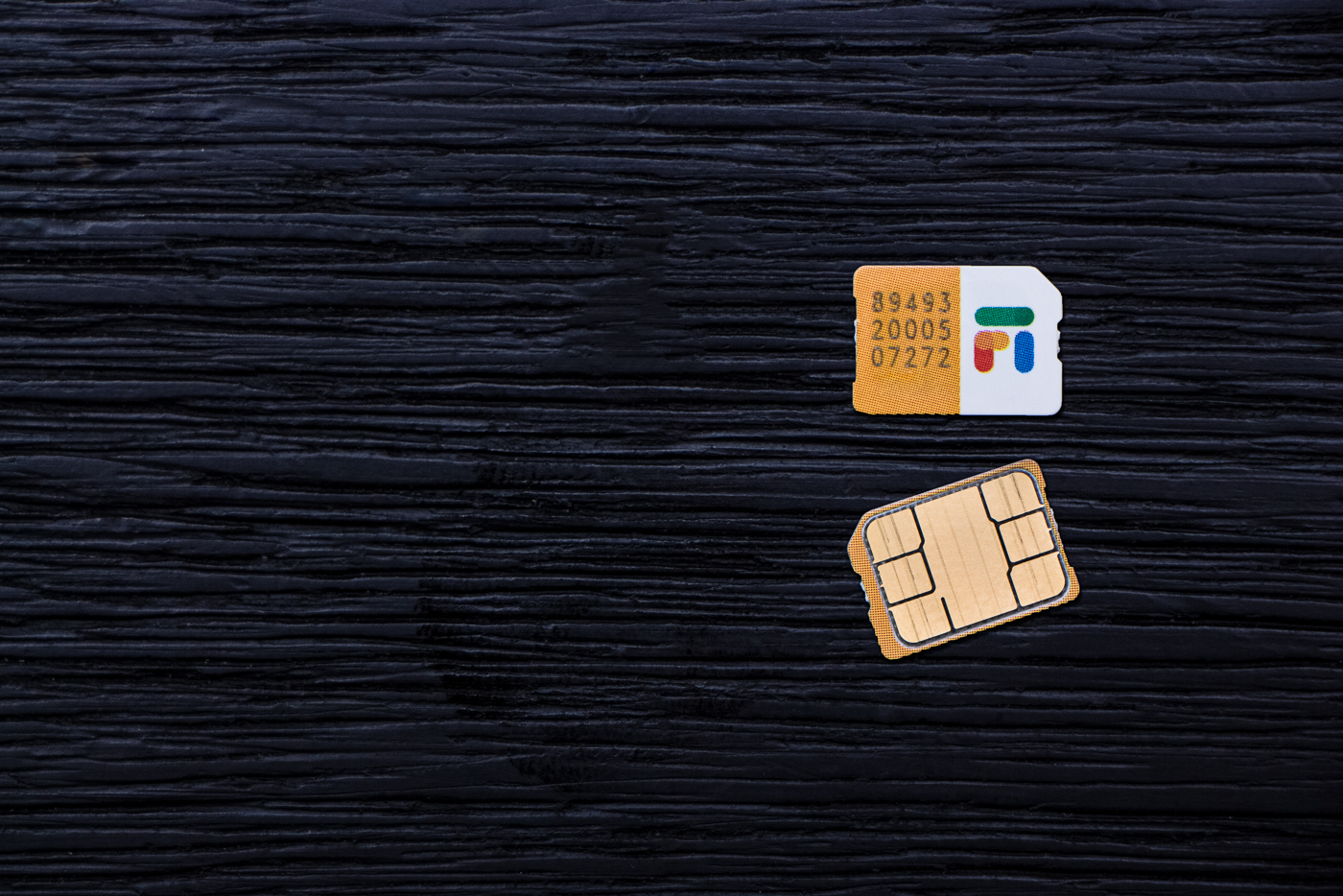
What is Google Fi?
Google Fi offers a simple cellular phone and mobile data plan that works at home and works internationally at no extra cost in over 200 countries worldwide.
Their “Flexible” plan costs $20/month as a base price, and then you pay $10/GB for data up to 6GB, after which further data usage is free. (There is a throttling cap at 15GB, which Google reports less than 1% of their customers reach). That means at maximum you’ll pay $80/month for your first line. Additional lines are $15 each, and they share the same data pool as the primary line.
If you regularly use a lot of data, Google Fi recently added an “Unlimited” plan that is capped at a fixed monthly $70 for one line, or $120 for two lines, with “unlimited” data up to 22GB, after which data is throttled. There are also discounted rates for 3 or more lines, which you can read about here.
At first glance Fi seems like a fairly standard deal, but it’s particularly enticing when factoring in the ability to seamlessly use it internationally.
Since our usage can vary widely month to month — we aren’t always overseas and we use WiFi whenever possible — we opted for one line on the “Flexible” plan.
Why Fi?
Why Choose Fi vs. Other U.S. Carriers?
Previously, when at home in the USA, we both used domestic pre-paid 4G LTE mobile data plans from T-Mobile. Neither of our pre-paid plans allowed for international roaming, but each was only about $30-40 per month.
If we signed up for a more expensive standard contract plan from T-Mobile, we’d have the option to add slow 2G international mobile data, talk and text and service for an extra $15 per month for each line. To add high-speed international 4G LTE mobile data, it’s $5 extra per day with a cap of a measly 250MB.
Other major carriers like AT&T, Sprint and Verizon also offer 4G LTE international plans alongside their contract services with their international day-pass rates of about $10 per day. That’s pretty expensive.
If we’re traveling for a month or more at a time, it’s pretty much out of the question for us to pay $10 per day to access mobile internet, especially if we want to be connected daily. $300 per month is way too steep for our budget, so that leaves out pretty much any of the big traditional network operators like Verizon, Sprint, T-Mobile or AT&T.

With Google Fi, international data rates are the same as at home. Texts are free and voice calls are extremely cheap. While Google Fi is not necessarily cheaper dollar-for-byte than our old pre-paid T-Mobile plans, the ability to seamlessly have international data at no extra charge was intriguing enough to try it, given how much we love to travel.
As far as I know, there are no other mobile carriers that offer as good of international rates in a single package. Also, with our Google Fi Flexible plan, we can save money by using Wi-Fi when it’s available, so it’s even possible that our monthly bill could end up cheaper than our old pre-paid plans.
Why Not Purchase an International SIM at Each Destination?
In our experience, buying an international SIM card is rarely much more affordable than what your U.S. plan would charge you for international use. There’s also the hassle and time wasted trying to find a suitable service provider when you arrive.
Usually, prepaid travel plans that you can buy at your destination are typically more expensive, are costs in addition to your normal at-home coverage, and usually have tight limitations such as short service periods of 14 days, slower speeds, limited coverage areas, limited bandwidth or calling minutes.
If you’re traveling to multiple countries on the same trip, there’s a good chance that the SIM card you purchase in one country may not work in other countries you’ll be visiting.
Google Fi doesn’t have most of these limitations. There’s no SIM card swapping, and pricing is the same no matter where you are.
The Plan We Chose: Flexible 1 Line SIM + 1 Data-Only SIM
To test out Fi, we kept Diana’s phone on T-Mobile and switched my phone over to Google Fi as the only “line” on the plan and additionally added one of Fi’s free data-only SIM cards. This would allow us to save the additional $15 for a second line while we test Fi out.
The idea was: once we arrived to an international destination, we could pause Diana’s T-Mobile service and switch out her T-Mobile SIM for the Fi data-only SIM so both of us could enjoy international mobile data without the need to tether her phone to mine.
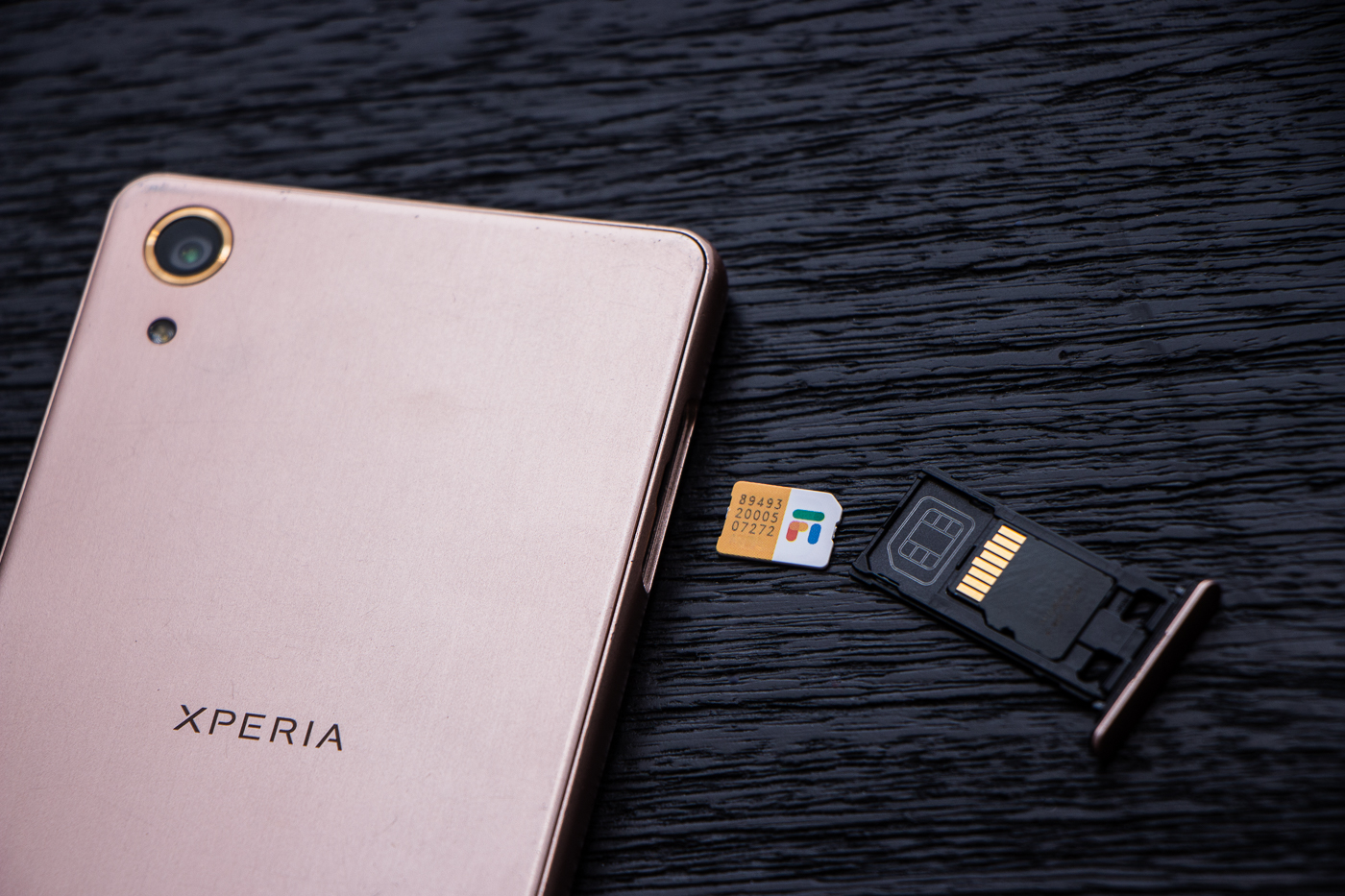
Basically, she could piggyback on my Google Fi line by using the data-only SIM. If she needed to make calls or texts, she could still use her Google Hangouts account over her data-only connection. (Which she does anyways.) This allows us to essentially save the extra $15 for another Google Fi line, while still being able to use multiple phones simultaneously.
In practice, piggybacking Diana’s phone on my line with a data-only SIM is a little cumbersome. It required her to sign into my Google account on her phone in order to activate the Fi service. That means that she ends up receiving both her own and my Google account notifications, like those from Gmail and Hangouts messages. Unless you want your spouse to see all your Google messages and emails, it’s probably best to get a dedicated line for the best experience.
Will Google Fi Work on my Phone?
“Designed for Fi” Phones
While Google Fi can work on many Android phones and certain Apple iPhones, Google recommends using a “Designed for Fi” phone. These Android phones are unlocked “world phones” that are guaranteed to work with Google Fi. They have both a GSM and CDMA antenna and the switching technology for Google Fi to always pick the best network.
The most notable phone models designed for use with Google Fi are the Google Pixel phones. We absolutely loved using the Google Pixel 4 for its camera, particularly for its astrophotography mode.
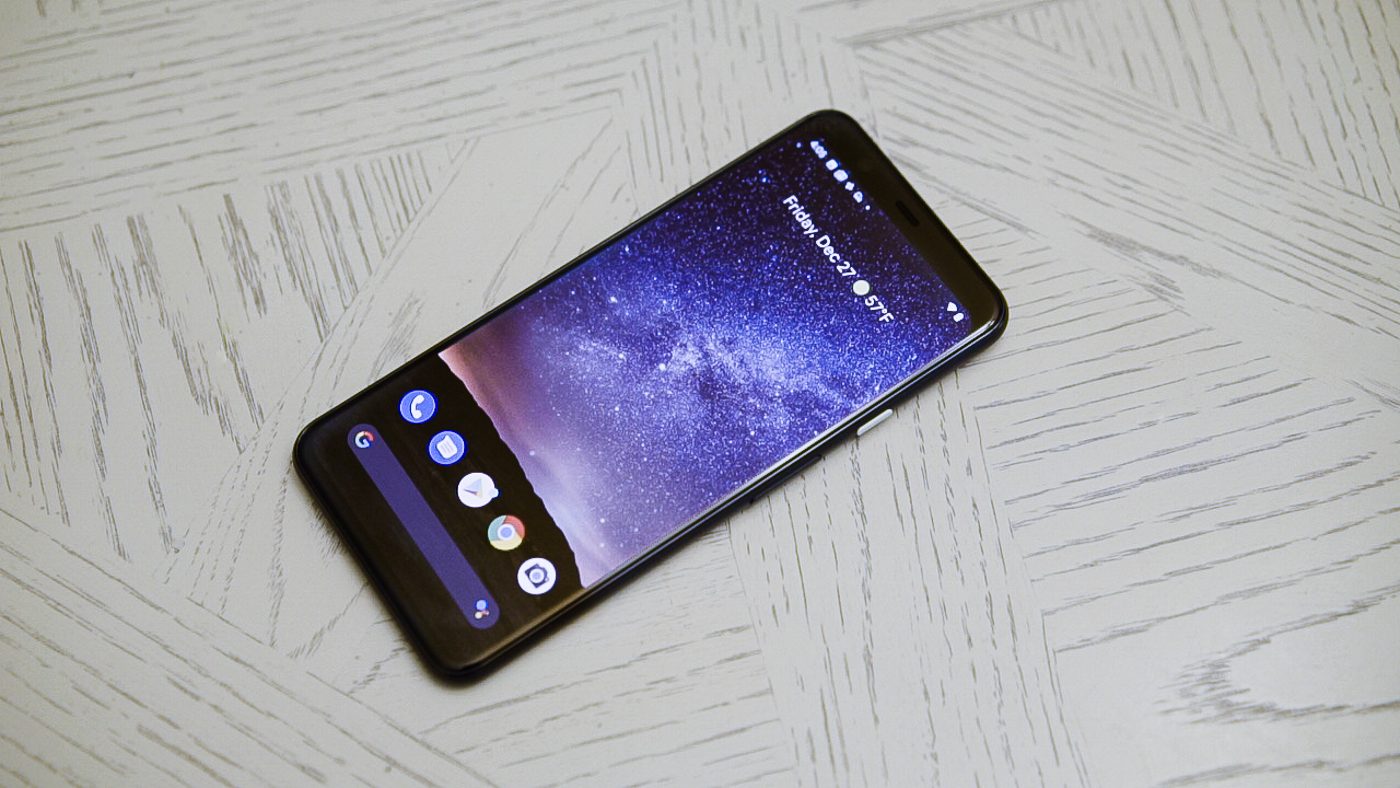
With one of these phones, Google Fi can switch between three separate networks — T-Mobile, Sprint and US Cellular — in order to give you the best possible coverage while in the USA. They also have worldwide antenna bands for use in any country.
Phones available (as of Jan, 2021) with the “Designed for Fi” capability are:
- Samsung Galaxy S21, S21+, and S21 Ultra
- Google Pixel 5, 4a and Pixel 4a 5G
- Samsung Note 20 5G and Note 20 Ultra 5G
- Samsung Galaxy S20, S20+, S20 Ultra, A71 5G
- Moto G Stylus
- Moto G Power
At the time of this writing, most “Designed for Fi” phones have promotions for discounts on the phones and/or Fi credit if the phone is purchased though Google Fi.
There are also several older, discontinued “Designed for Fi” Phones that are fully compatible with Google Fi. (I use the Moto X4, for example.) You can read about them here.
If you don’t want to buy a new phone to use Google Fi, there are some phones that aren’t on the “Designed for Fi” list that can work as well. We found this to be the case with Diana’s Sony Xperia. More on that below.
Thoughts on “Non-Fi” Phones
Google Fi will also work on many different phones, including some iPhone models (check your phone’s compatibility with Google Fi here).
I initially tried using Google Fi with an old LG V20, a phone that, while compatible, was not “Designed for Fi.”
In practice, using a phone that was not “Designed for Fi” wasn’t the best experience. My coverage at home was OK — about the same as when I was on T-Mobile — but I started having some problems in Canada on one of our early trips with the service. Initial connections seemed pretty good after exiting the Calgary airport, but after that my old LG phone seemed to start having issues.
I’ve since switched to an Moto X4, which was one of the older generation “Designed for Fi” phones, and I’ve experienced much better coverage since switching.
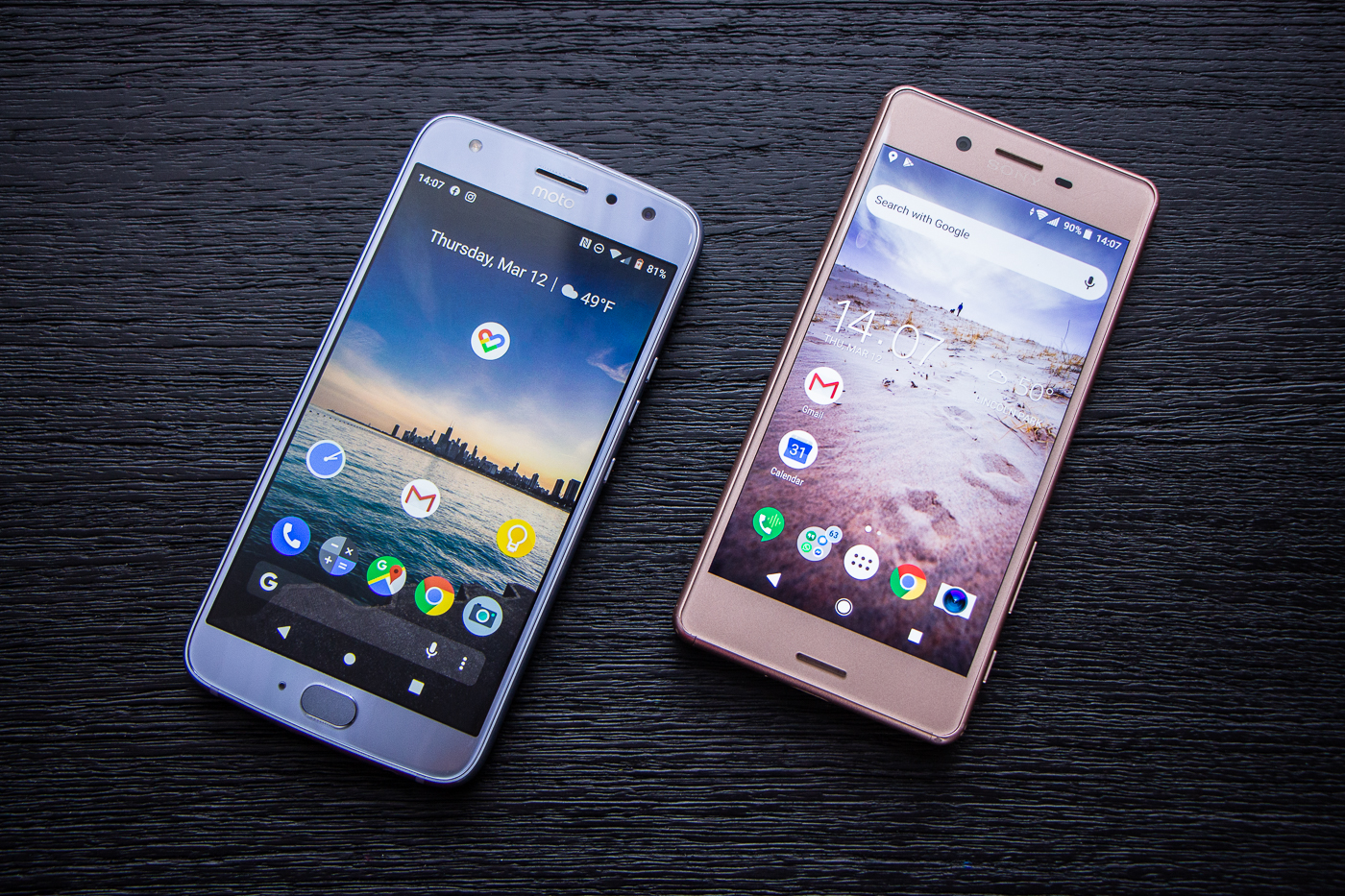
In contrast to my experience with my old LG, Diana’s Sony Xperia phone seemed to perform flawlessly in terms of coverage, and her phone has actually gotten good international coverage for every country we’ve visited over the last year — despite it not even being included on Google Fi’s compatibility database.
So, ultimately, our experience using phones that are not “Designed for Fi” was mixed. It worked great on one phone and not so great on another.
If you’re going to try Google Fi, whether for its international mobile coverage or just domestically in the USA, consider swapping your current phone for a “Designed for Fi” phone if you don’t already have one.
Now that I have a Moto phone that was “Designed for Fi,” coverage at home and abroad is significantly better.
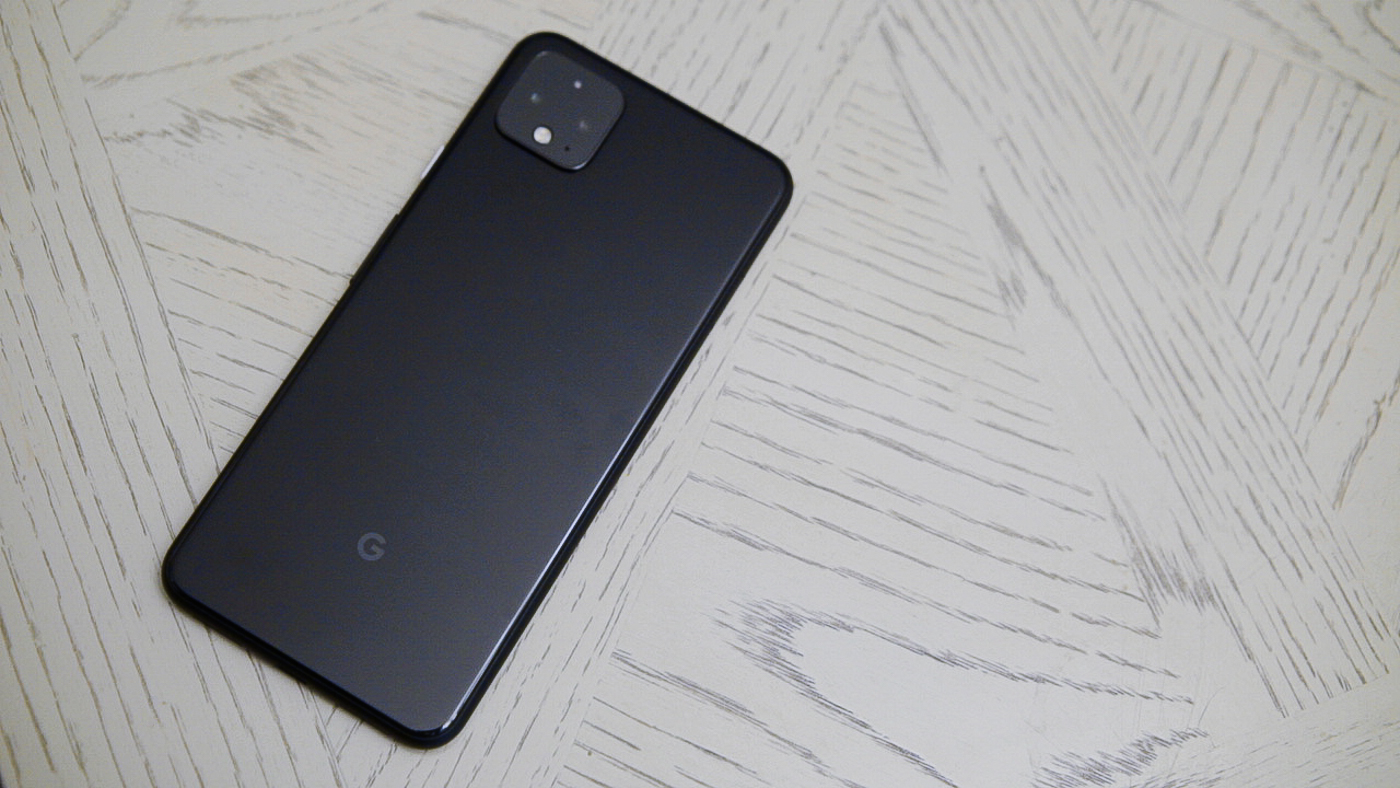
Since a “Designed for Fi” phone can switch between T-Mobile, Sprint and U.S. Cellular, as well as various international carriers, I’ve noticed that my coverage with my Moto phone on Google Fi is generally better in certain rural areas where Diana’s domestic T-Mobile service on her non-Fi Sony Xperia tends to fade. It’s not perfect, but it’s made it much nicer when road-tripping through places like rural Oregon and other spotty stretches of the USA.
Now that we’ve used Google Fi pretty thoroughly, I anticipate we’ll eventually be replacing my cheap Moto phone. We’ve since replaced Diana’s Sony Xperia for a Moto G Stylus phone.
Google Fi Activation Process and Number Porting
Provided that you have a phone that works with Google Fi, switching to (or just testing out) Google Fi service is pretty painless.
I was able to keep (“port”) my old number when I switched to Google Fi. You can check if your number can be ported when you order your free Google Fi SIM. After I placed my order for my SIM card (which arrived in just one day), I paused my T-Mobile plan and swapped SIM cards.
Once I installed the Google Fi SIM, I downloaded the Google Fi app over Wi-Fi and followed its instructions for activation and porting. After a few presses, my number was ported to Fi, and I was up and running on Google Fi in about 10 minutes.
If you’re not ready to fully commit to switching, you could just test the service for a month or two and port your number later. (Google provides you with a number, and you can set up forwarding from your current number while you test it.)
Check out the Google Fi FAQ page for any additional questions you may have about switching.
How to Save $20 on Google Fi
If you want a free $20 of Google Fi credit, sign up through our referral link or use the code 1CMJKH at checkout. You’ll get $20 of Fi credit after 30 days of Google Fi service.
Google Fi Coverage at Home and Abroad
At home, with a “Designed for Fi” phone, coverage was better than my previous pre-paid T-Mobile service, which I expected. I had studied the Google Fi USA coverage map before purchasing, noting that there’s still limited 3G or 4G LTE service in certain areas of the USA (e.g. Alaska and Wyoming). This wasn’t a huge issue as my previous service with T-Mobile seemed nearly identical. While Google Fi offers a list of other countries that are supported, they don’t have a coverage map for those international destinations.
The coverage offered by Google Fi at the time this article was published is notably better (more widespread and faster) than when we first started using the service a year before. We noticed vast improvements in the coverage map in places like Iowa, which previously had limited or zero coverage.
We’ve had Google Fi long enough now to have tested coverage internationally in Canada, Guatemala, UK, Iceland, Spain, Andorra, Ecuador and Mexico. To make a long story short, Google Fi has worked nearly flawlessly in all of them. We were very surprised by how well our service worked in the Galápagos Islands.

There are still a few countries that Google Fi reports will not work with the service, including some obvious ones like Iran, Syria and North Korea.

All international countries that we’ve visited so far have worked nearly perfectly on Google Fi. We had coverage while ice-skating on Lake Louise, Canada, while drinking beer from a rooftop deck in Antigua, Guatemala, while walking through Hyde Park, London, UK, while driving the Ring Road around Iceland, while night hiking on the island of Menorca, Spain, and while walking on the beach in the Galápagos Islands, Ecuador. At this point, Google Fi service has made being connected worldwide nearly seamless.

Additional Features of Google Fi
An additional perk of all “Designed for Fi” phones is free use of an encrypted Google Fi VPN. It’s a special server network that routes all of your internet traffic through an encrypted channel. Since it’s USA based, the VPN has been nice for accessing region-locked content while in other countries, such as region-locked Netflix or HBO shows, etc., as well as providing some peace of mind while using the internet for sensitive tasks like banking.
Google Fi also claims that it can auto-switch to public Wi-Fi networks seamlessly in order to save mobile data and provide faster speeds. That said, in my experiences, these network hot-spots seem extremely sparse to the point of non-existence. I’ve only once seen my phone automatically connect to a public Wi-Fi spot via the Google Fi app, and that was at LAX Airport. There are probably other examples of when this feature works, but it’s certainly not very common in my experience. At least the global LTE coverage is decent.
With Google Fi, there are also no restrictions on Wi-Fi tethering, allowing you to piggyback devices like laptops or Wi-Fi tablets off of the cell phone’s Google Fi LTE connection. We use our phone’s tethering with our laptops often when we need to get a blog post done on the road.
How We Save Money with Google Fi
Our Real-World Use and Cost
Just to give you an idea of what it has cost us to use Google Fi over a few months, not including regulatory fees (about $3 extra per month):
Cost for one line (plus a free data-only SIM for Diana’s phone):
- March (USA + Canada + Guatemala):
- 4.612 GB ($46.12 + $20/Line) = $66.12
- April (USA + UK):
- 3.782 GB ($37.82 + $20/Line) = $57.82
- May (Iceland + Spain):
- 6.674 GB ($60 + $20/Line + $7.28 Intl. Calls) = $87.28
- June (Spain + Andorra + USA):
- 11.62GB ($60 + $20/Line + $0.35 Intl. Calls) = $80.35
- July (USA):
- 1.443GB ($14.43 + $20/Line) = $34.43
- August (USA Road Trip):
- 15.2GB ($60 +$20/Line) = $80.00 (throttled after 15GB)
Our 6-month average comes out to $67.67 per month, or a Google Fi average of $33.84 per person, per month — which includes service when we travel. That’s pretty darn cheap for international mobile service in my opinion.
For comparison, before we were paying $35 per person, per month — with zero international service included ($30/month for Diana’s T-Mobile line plus $40/month for Ian’s T-Mobile line).
Note: We do occasionally unpause Diana’s $30/month T-Mobile plan when we are in the U.S. for a full month, but our Google Fi data usage decreases proportionately.
When traveling abroad, we found it was pretty typical for the two of us to go past the 6GB mark, as we did in May and June. Since it was rarer to have a Wi-Fi connection while traveling, we relied more on mobile data at these times.
Note that our cheapest month was July, when we were able to mostly use Wi-Fi at home in the U.S., and our cost only exceeded the $80 maximum during months of high data usage, when we also placed international calls while abroad (cost varies by country).

About the >15GB Throttling Cap
On our recent travels in our campervan across much of the northwestern USA and Canada, we found a heavy reliance on using mobile data and we managed to hit Google Fi’s throttling cap of 15GB.
When throttled under full signal, we saw a huge reduction in speeds to less than 256 kbps. That caused a pretty severe slowdown. Streaming YouTube or Netflix videos was basically impossible when throttled, but most typical usage like internet browsing, email and social media worked OK.

If you desire any kind of multimedia heavy internet usage beyond the throttling threshold, Google Fi offers the option to “opt-out” of throttling. If requested, this will allow you to use full speed data past 15GB, but at the rate of an additional $10/GB. On the one occasion we actually hit the throttling threshold, we didn’t opt to pay more, particularly since we had only a few days remaining before the monthly cycle reset.
The fact that Google Fi charges for every byte that you use up to 6GB has made us slightly more conscious of our data usage, which can give rise to the occasional feeling of hesitation when, say, wanting to stream a Netflix show while in the middle of rural Canada. That said, the price ceiling at $80 for any data usage higher than 6GB seems reasonable. I do, however, wish that there was no throttling after 15GB, or that the throttle speeds were not an abysmally slow 256 kbps.
Support Experience
We’ve had very few issues with Google Fi in the nearly 2 years that we’ve had the service. That said, we have had a couple times that we’ve had to contact Google Fi support, primarily with questions about international service coverage and one question about billing. Both times, we used the support links within the Google Fi phone app and both times, we received very quick and helpful response via text chat within the Fi app.
Closing Remarks
We think Google Fi is the world’s best mobile phone coverage for travelers, but it’s not perfect. Our initial criticisms of the service were initially centered around an inconsistent experience trying to use a non-Fi phone, but that’s easily remedied. Just get a “Designed for Fi” phone like a Google Pixel 3a. “Designed for Fi” phones give enough of an advantage for coverage, both at home and abroad, that it’s highly recommended if you’re going to switch to Google Fi. With the proper phone, Google Fi has been mostly a great experience.
The unique to Fi features, such as the ability for the phone to automatically pick the best of three different cell networks and the secure Google Fi VPN, are nice perks that are sometimes overlooked. Coverage has been generally better than our experience with single-provider plans, and the secure Google VPN has helped us to access region-locked content and feel more secure while traveling abroad. We did find that auto-connection to public Wi-Fi networks was pretty rare, even when near Google branded networks like those at Starbucks.
We wish that there was no throttling past 15GB for the flexible plans, but at least Google Fi only charges $10/GB for data up to 6GB and additional data is free after that until 15GB. That keeps the monthly bill in check, but it can create a lot of hesitation to use bandwidth compared to a truly unlimited plan or a plan with a higher throttling cap.
Even though Google Fi now offers an “Unlimited Plan,” it’s actually throttled heavily once you hit 22GB of usage per person. While that’s a high cap, and the price is fairly generous in terms of bandwidth per dollar, it’s not truly unlimited.
Ultimately, what makes Google Fi awesome is its nearly seamless international functionality. We had nearly no coverage issues when traveling abroad in a wide array of countries around the world. We’ve had coverage in every country we’ve visited so far.
I think that Google Fi is nearly essential for travelers in need of mobile data while staying abroad long-term or when visiting multiple countries on the same trip. It’s simply the best mobile phone service currently available for nearly global internet coverage.
Update: Google Fi at home during the COVID-19 pandemic
We’re still using Google Fi after almost 2 years and it’s been great, even during the COVID-19 pandemic. We’ve obviously had to suspend our international travel plans through 2020 and into 2021, but we’ve kept our Google Fi account as our primary phone service which has been great for keeping costs down while at home. Since we’ve stayed home most of the pandemic and we’ve always been in range of our home wi-fi network, we almost never need to use mobile data, keeping our monthly bill at $20-$25 per month per line. That’s cheap!
So, as it turns out, Google Fi is also the best mobile phone service for people who never travel. Who would’ve thought?
Disclosure
We are a participant in the B&H Affiliate Program which also allows us to earn fees by linking to bhphotovideo.com. We are a participant in the Amazon Services LLC Associates Program, an affiliate advertising program designed to provide a means for us to earn fees by linking to Amazon.com and affiliated sites. Google Fi links on this page allow you to earn $20 of Google Fi credit, while also allowing us to earn $20 of credit when you sign up for Google Fi.
